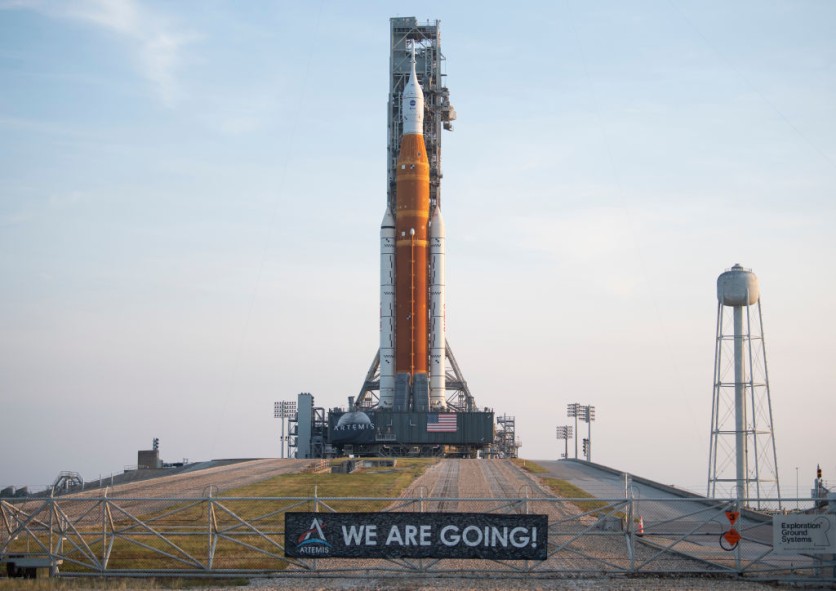NASA is poised to embark on a crucial RS-25 test series, marking the final phase of certification trials before the production of an upgraded set of engines designated for the Space Launch System (SLS) rocket. These engines are slated to be pivotal in propelling future Artemis missions beyond Earth's orbit.

'Test Like You Fly'
Set to unfold from October 5 onward, this series of 12 tests, anticipated to span until 2024, is scheduled at the Fred Haise Test Stand at NASA's Stennis Space Center near Bay St. Louis, Mississippi.
These trials represent a significant milestone for Aerojet Rocketdyne, the lead contractor responsible for the SLS engines, in their efforts to manufacture engines crucial for the SLS rocket's missions, commencing with Artemis V.
Each Artemis mission requires four RS-25 engines, complemented by a pair of solid rocket boosters, generating an astounding 8.8 million pounds of thrust during liftoff.
Adhering to a "test like you fly" approach, all 12 tests in this new series are slated to last a minimum of 500 seconds, mirroring the precise duration the engines must operate during an actual launch.
In the upcoming 12-test series, the developmental engine E0525 will be employed to gather crucial data for the final certification review of the RS-25 design.
This engine is equipped with a secondary set of crucial components, including a nozzle, hydraulic actuators, flex ducts, and turbopumps. These elements replicate the design characteristics seen in the preliminary certification test series concluded in June.
These trials will involve firing engines at varying power levels, ranging from 80% to 113%, to comprehensively assess their performance across diverse scenarios.
While the initial four Artemis missions will make use of adapted space shuttle main engines capable of operating at up to 109% of their designated capacity, the new RS-25 engines will be capable of achieving power levels of up to 111%, furnishing heightened thrust.
The tests conducted at the 113% power level add an extra layer of operational safety. The most extended trial in this new series is anticipated to endure for 650 seconds.
Engineers will perform a gimbal test to validate the engine's capacity to pivot as required, ensuring that the SLS maintains stability and follows the correct trajectory throughout the flight.
The inaugural test on October 5 has been scheduled for 550 seconds, during which the RS-25 engine will be fired at the 111% power level.
NASA Artemis Missions: Moon and Beyond
A cumulative total of 6,350 seconds of hot fire testing is scheduled for this series. With the successful conclusion of this campaign, it is anticipated that all systems will be greenlit for the production of 24 new RS-25 engines, utilizing the updated design for missions set to commence with Artemis V.
"Testing at the historic Fred Haise Test Stand is critical to ensure that our astronauts fly safely," said Chip Ellis, project manager for RS-25 testing at NASA Stennis. "The test team takes great care to ensure these engines will operate as designed to launch NASA payloads and astronauts to the Moon and beyond."
The Artemis program represents NASA's endeavor to employ innovative technologies and foster collaborations with commercial and international partners to explore more of the Moon than ever before. The insights gained from lunar missions will serve as a springboard for the audacious goal of sending the first astronauts to Mars.
Related Article : NASA's Massive SLS Moon Rocket Is Too Expensive, Audit Finds





![Most Useful Google Chrome Keyboard Shortcuts You Need to Know to Improve Your Browsing Experience [2024]](https://d.techtimes.com/en/full/449047/most-useful-google-chrome-keyboard-shortcuts-you-need-know-improve-your-browsing-experience-2024.jpg?w=184&h=103&f=476d29fd60df70a67f6679f99a2ca6d0)